Home>Interior Design>Should You Paint Trim Or Walls First? Paint Experts Advise
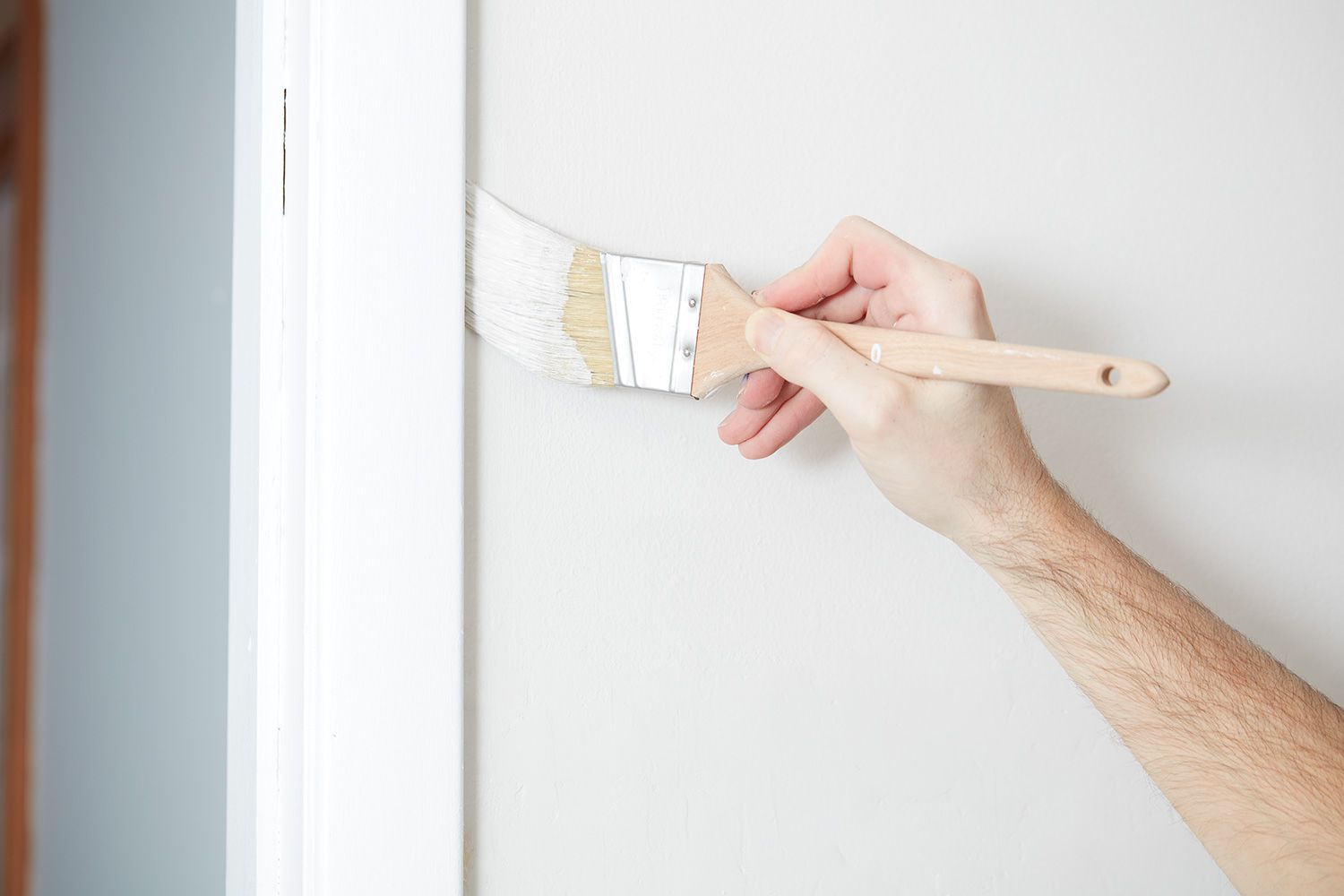

Interior Design
Should You Paint Trim Or Walls First? Paint Experts Advise
Modified: January 5, 2024
Paint experts weigh in on whether to paint trim or walls first when it comes to interior design. Get professional advice on this decision.
(Many of the links in this article redirect to a specific reviewed product. Your purchase of these products through affiliate links helps to generate commission for Storables.com, at no extra cost. Learn more)
Introduction
When it comes to giving your home a fresh new look, painting is often the go-to option. However, before you start painting, there is an important decision to make: should you paint the trim or walls first? This debate has been the subject of many discussions among paint experts and homeowners alike.
Painting the trim and walls in the right order can make a significant difference in the final outcome of your project. It can impact the overall efficiency of the painting process, as well as ensure a professional and polished finish. In this article, we will explore the benefits of painting the trim first and painting the walls first, and seek expert advice on which approach to take.
So, whether you are giving your home a makeover or simply sprucing up a room, let’s delve into the trim versus walls painting debate and help you make an informed decision that will yield the best results.
Key Takeaways:
- Painting the trim first allows for meticulous attention to detail, efficient painting, protection for the walls, and flexibility in trim color choices, ensuring a professional and polished finish.
- Painting the walls first provides efficiency in covering larger areas, the opportunity to assess the overall aesthetics of the room, effortless blending with the trim, and a streamlined painting process, resulting in a cohesive and visually appealing outcome.
Painting Trim or Walls First: The Debate
When it comes to the order in which to paint the trim and walls, opinions can vary. Some experts suggest starting with the trim, while others argue in favor of painting the walls first. Both approaches have their own merits and considerations, and the choice ultimately depends on various factors, including personal preference, time constraints, and the specific characteristics of the project.
The main argument for painting the trim first is that it allows for more precise and detailed work. By painting the trim before moving on to the walls, you have better control over the paint application and can focus on achieving clean lines and smooth edges. Additionally, painting the trim first can help prevent any accidental drips or smudges on the freshly painted walls, saving you time and effort in touch-up work.
On the other hand, proponents of painting the walls first argue that it can streamline the painting process and provide a more seamless finish. By painting the walls first, you can cover larger areas quickly and efficiently. This approach is especially useful if you are working with multiple rooms or open spaces that require a consistent color scheme. Furthermore, painting the walls first allows you to assess the color and overall look of the room before deciding on the final trim color.
Ultimately, the decision between painting the trim or walls first depends on your priorities and the specific requirements of your project. To help you make an informed choice, let’s explore the benefits of each approach in more detail.
Benefits of Painting Trim First
Painting the trim first offers several advantages for achieving a professional, polished look. Here are some benefits to consider:
- Precise and detailed work: When you paint the trim first, you have the opportunity to focus on the intricate details and achieve clean lines. Since the trim often requires careful precision, taking the time to paint it first ensures that you can give it the attention it deserves.
- Efficiency in painting: By starting with the trim, you can work on smaller, more manageable areas before moving on to the larger wall surfaces. This step-by-step approach can help you stay organized and maintain a steady pace throughout the project.
- Protection for walls: Painting the trim first can serve as a protective barrier for the walls. By completing the trim work before painting the walls, you minimize the risk of accidental paint drips or smudges on the freshly painted surfaces, saving you time and effort in touch-up work.
- Flexibility in trim color choices: Painting the trim first allows you to assess the color scheme and overall aesthetics of the room before deciding on the final color for the walls. This flexibility enables you to make adjustments to your trim color choices if needed, ensuring optimal harmony and balance in the room.
These benefits highlight why many experts recommend painting the trim first. It allows for meticulous attention to detail, efficient painting, protection for the walls, and the flexibility to make color adjustments as needed.
Benefits of Painting Walls First
Painting the walls first also has its fair share of advantages, offering a different approach to achieving a professional and cohesive look. Here are the benefits of painting the walls first:
- Efficiency in covering larger areas: By painting the walls first, you can quickly cover larger surfaces, making the initial stage of the project more time-efficient. This approach is particularly beneficial if you’re working on multiple rooms or open spaces, allowing you to establish a consistent color scheme throughout.
- Assessing color and overall aesthetics: Painting the walls first gives you a better sense of how the room will look once completed. By having the main wall color in place, you can evaluate the lighting, ambiance, and overall feel of the space. This allows you to make any necessary adjustments or refinements before moving on to the trim.
- Effortless blending with the trim: Starting with the walls allows for effortless blending of the trim color afterwards. With the wall color already established, you can easily select a trim color that complements and enhances the overall visual appeal of the room.
- Streamlined painting process: Painting the walls first can simplify the overall painting process. By setting the foundation with the wall color, you can ensure a smoother transition when it comes to paint application on the trim. This can save you time and effort during the later stages of the project.
These benefits highlight why some professionals recommend painting the walls first. It provides efficiency in covering larger areas, the opportunity to assess the overall aesthetics of the room, and a streamlined process for blending with the trim color.
While the choice between painting the trim or walls first ultimately comes down to personal preference and project requirements, it’s important to consider these benefits to make an informed decision that will yield the best results.
Paint trim first, then walls. This allows for easier touch-ups and a cleaner finish.
Expert Advice on Painting Trim or Walls First
When it comes to the debate of whether to paint the trim or walls first, it’s helpful to seek guidance from experts who have extensive experience in the field. While different professionals may have varying opinions, they can provide valuable insights based on their expertise. Here is some expert advice to consider:
- Balance precision and efficiency: Many experts suggest that if you prioritize achieving precise and detailed trim work, painting the trim first is the way to go. This allows you to focus on the intricate details without the risk of accidental paint splatters or smudges on the walls. However, they also emphasize the importance of balancing precision with efficiency. If you’re working on a time-sensitive project or have larger wall surfaces to cover, painting the walls first may be a more practical approach.
- Consider the characteristics of your project: The specific characteristics of your project should also inform your decision. For example, if you’re working with older or uneven trim surfaces that require additional preparation and care, starting with the trim can help you address these challenges before moving on to the walls. On the other hand, if your walls require more extensive surface preparation or repairs, tackling them first may be more efficient.
- Assess the color and overall aesthetics: Another piece of expert advice is to consider the color and overall aesthetics of the room. Painting the walls first allows you to assess how the chosen color interacts with the lighting and other elements in the space. This can help you make informed decisions about the trim color and ensure a harmonious and visually appealing result.
- Take your experience level into account: Your level of experience with painting can also impact your decision. If you’re a beginner or less confident in your painting skills, starting with the trim may be beneficial as it allows for more precise, meticulous work. However, if you have more experience and are comfortable with painting larger surfaces, starting with the walls can be a time-saving approach.
Ultimately, there is no one-size-fits-all answer to whether you should paint the trim or walls first. It depends on a variety of factors, including your personal preferences, the project requirements, and expert advice. Consider the recommendations of professionals and weigh them against your specific needs and circumstances to make the best decision for your painting project.
Factors to Consider
When deciding whether to paint the trim or walls first, there are several factors to consider. By taking these factors into account, you can make an informed and tailored decision that will yield the best results for your specific project. Here are some key factors to consider:
- Project timeline: Assess the timeline of your project. If you’re working on a tight deadline or need to complete the painting quickly, painting the walls first may be a more efficient approach. However, if time allows for a more meticulous and detailed process, starting with the trim may be preferable.
- Painting skills and experience: Consider your level of experience and comfort with painting. If you’re new to painting or less confident in your skills, painting the trim first can provide a controlled environment for precise work. On the other hand, if you’re more experienced and comfortable with painting larger surfaces, starting with the walls may be a viable option.
- Room aesthetics: Evaluate the overall aesthetics of the room. Consider the color scheme, lighting, and other decorative elements. Painting the walls first allows you to better visualize the final look of the room and make informed decisions about trim color and finishes.
- Surface conditions: Assess the condition of both the trim and walls. If your trim surfaces require additional prep work, such as sanding or repairs, starting with the trim can give you the opportunity to address these issues before painting the walls. Similarly, if the walls require extensive surface preparation or repairs, focusing on them first may be more efficient.
- Personal preference: Ultimately, consider your personal preference. Reflect on what feels most comfortable and intuitive to you. While expert advice and project considerations are important, it’s crucial to choose an approach that aligns with your preferences and working style.
By considering these factors, you can make a decision that is tailored to your specific project and ensures optimal results. Remember that there is no one-size-fits-all approach, and what works for one project may not work for another. Assess your unique circumstances and priorities to make the best choice for your painting project.
Conclusion
Choosing whether to paint the trim or walls first is a decision that can have a significant impact on the outcome of your painting project. While there is no definitive answer that applies to every situation, considering the benefits and expert advice can help guide your decision-making process.
Painting the trim first offers the advantage of detailed and precise work, efficient painting, protection for the walls, and flexibility in trim color choices. On the other hand, painting the walls first allows for efficient coverage of larger areas, the ability to assess color and overall aesthetics, effortless blending with the trim, and a streamlined painting process.
Expert advice highlights the importance of balancing precision and efficiency, considering the characteristics of your project, assessing color and overall aesthetics, and taking your experience level into account. These factors should be considered alongside your project timeline, painting skills, room aesthetics, surface conditions, and personal preferences.
Ultimately, the decision of whether to paint the trim or walls first will depend on your specific project requirements and priorities. By carefully evaluating these factors and considering expert advice, you can make an informed decision that will yield the best results for your painting project.
Remember, the most important aspect of any painting project is to approach it with patience, care, and attention to detail. Whether you choose to paint the trim or walls first, taking the time to properly prepare, utilize high-quality materials, and maintain a steady and consistent technique will help you achieve a professional and polished finish.
So, go ahead and embark on your painting journey, armed with the knowledge and insights to make the right decision for your trim and walls painting order. With careful planning and execution, you’ll transform your space into a stunning and refreshed environment that you can enjoy for years to come.
Frequently Asked Questions about Should You Paint Trim Or Walls First? Paint Experts Advise
Was this page helpful?
At Storables.com, we guarantee accurate and reliable information. Our content, validated by Expert Board Contributors, is crafted following stringent Editorial Policies. We're committed to providing you with well-researched, expert-backed insights for all your informational needs.

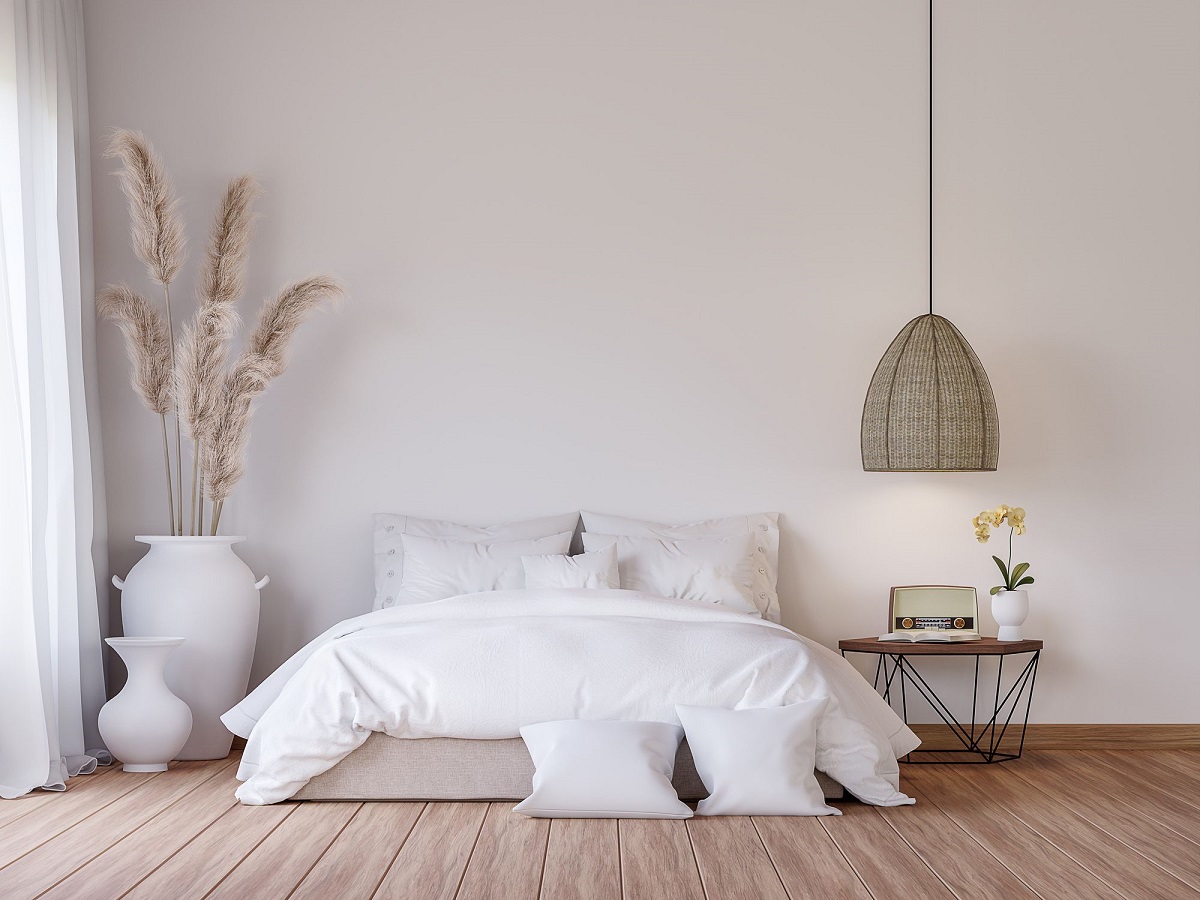
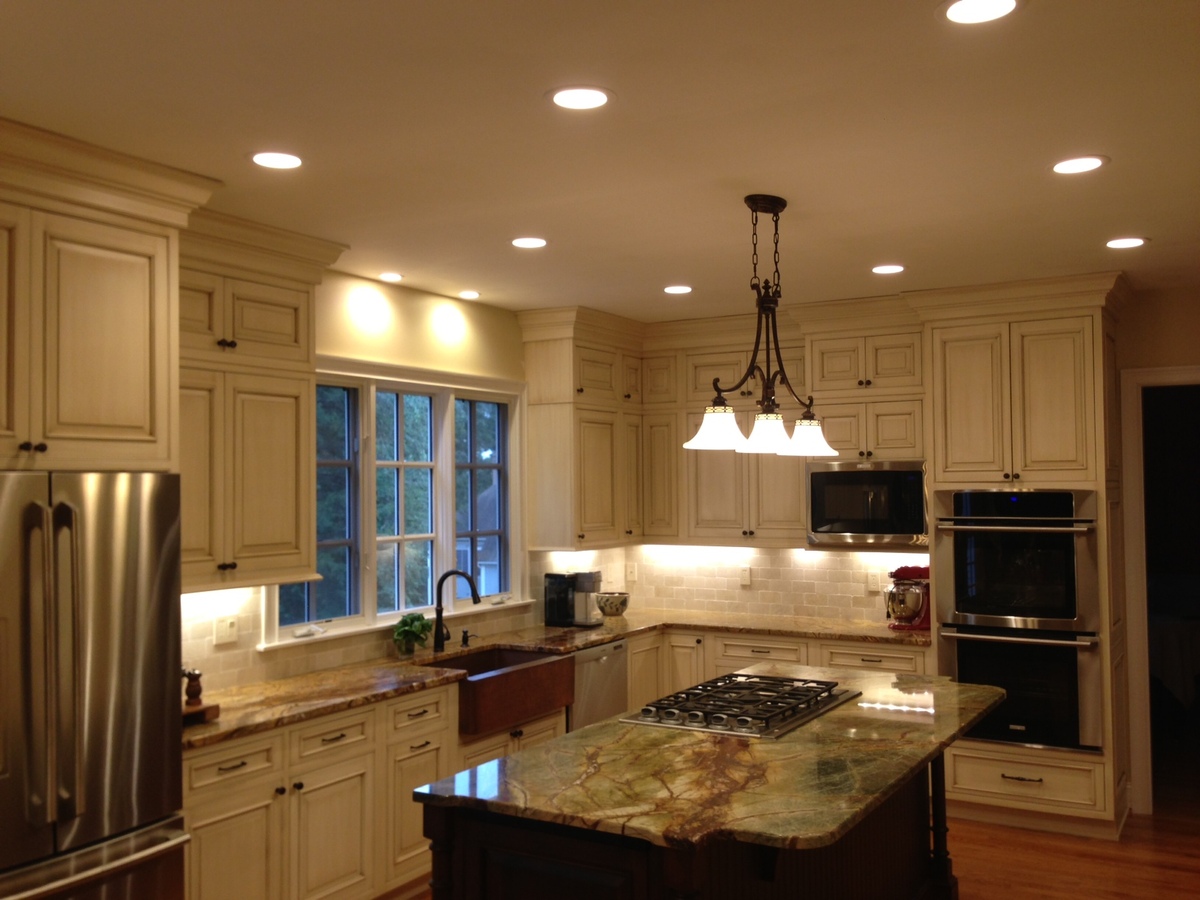
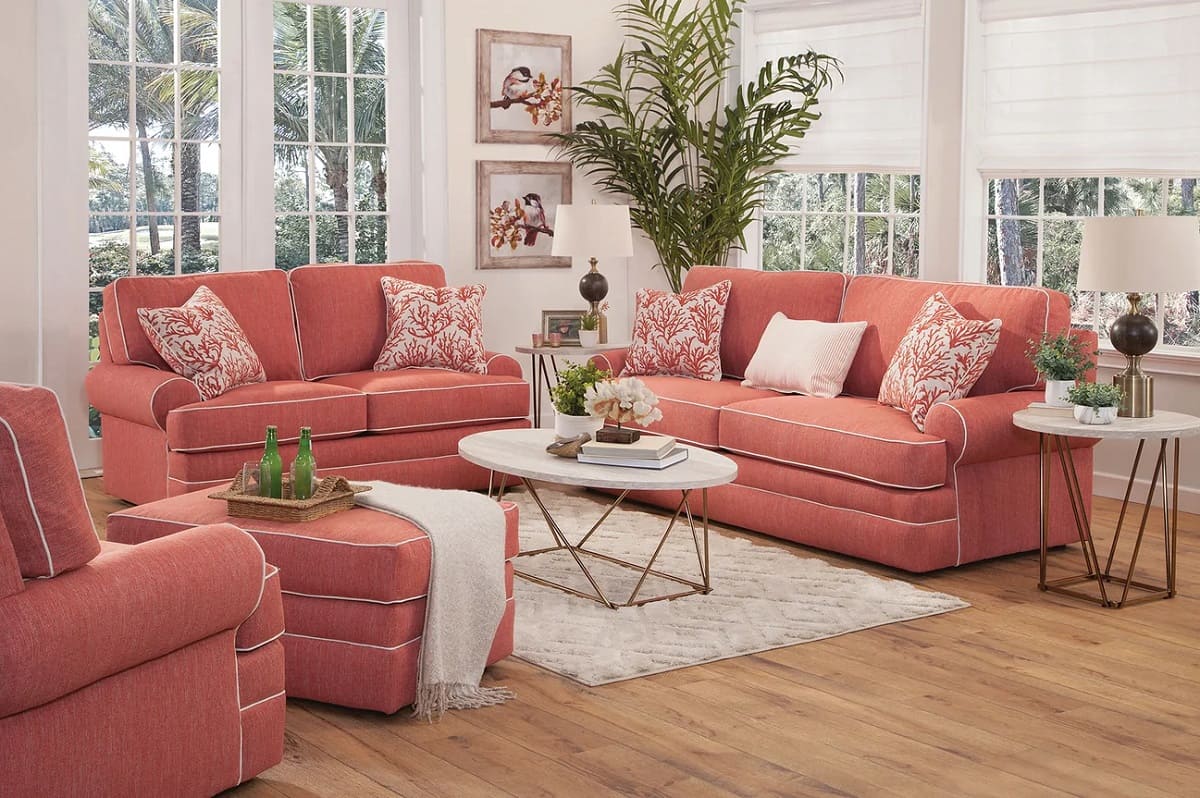
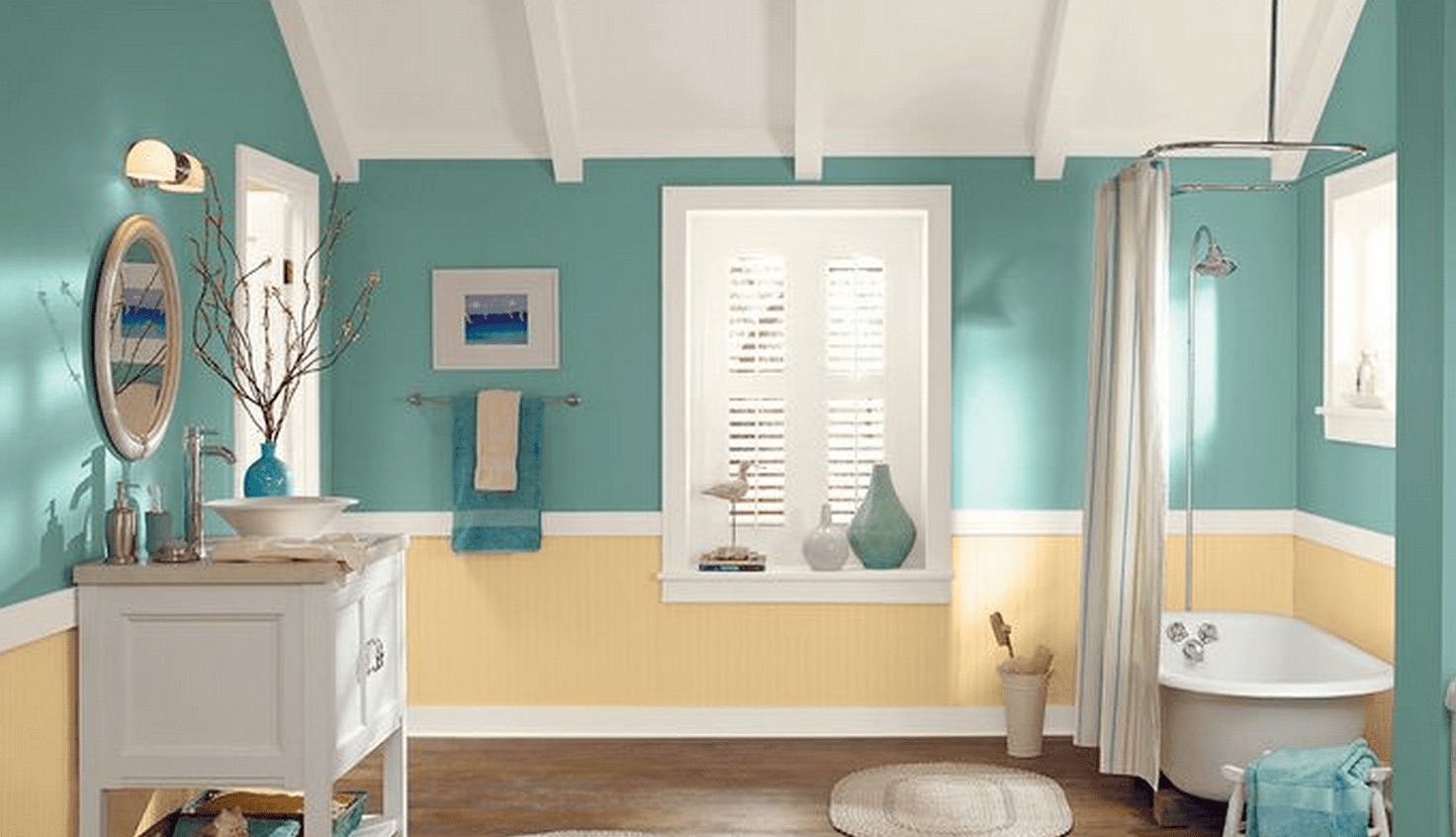


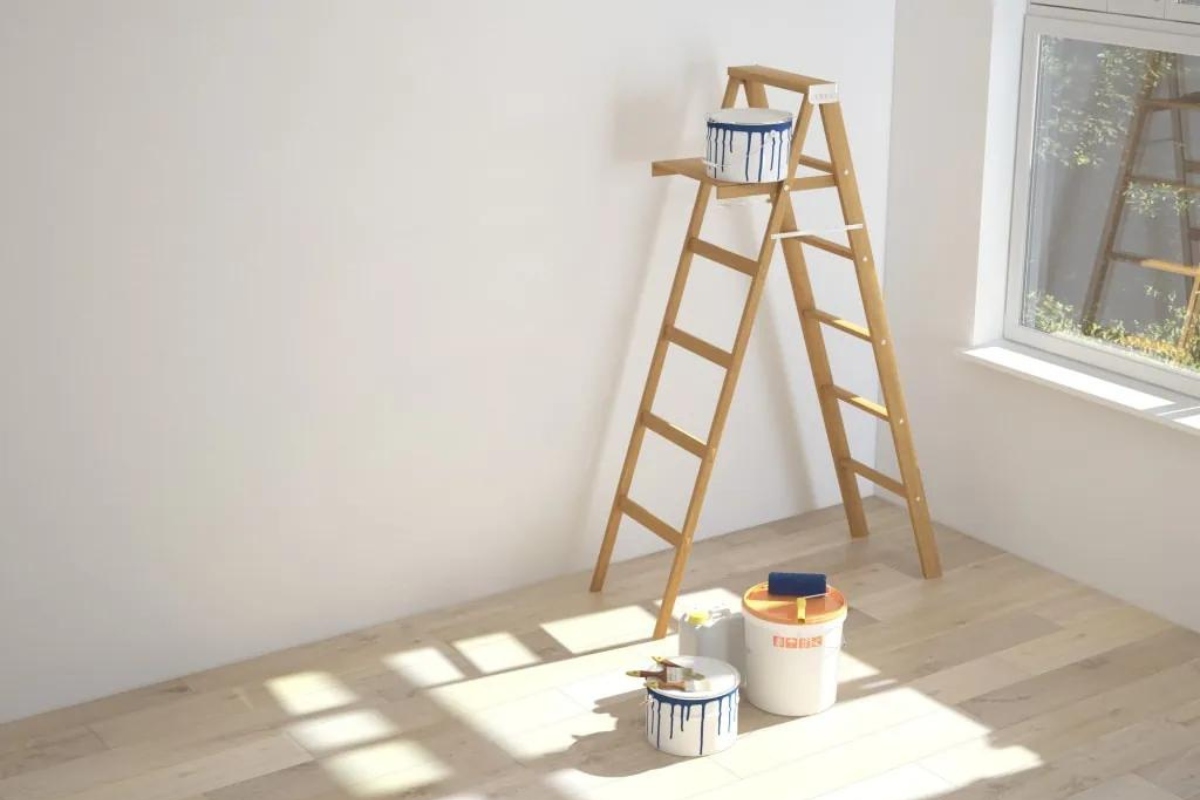
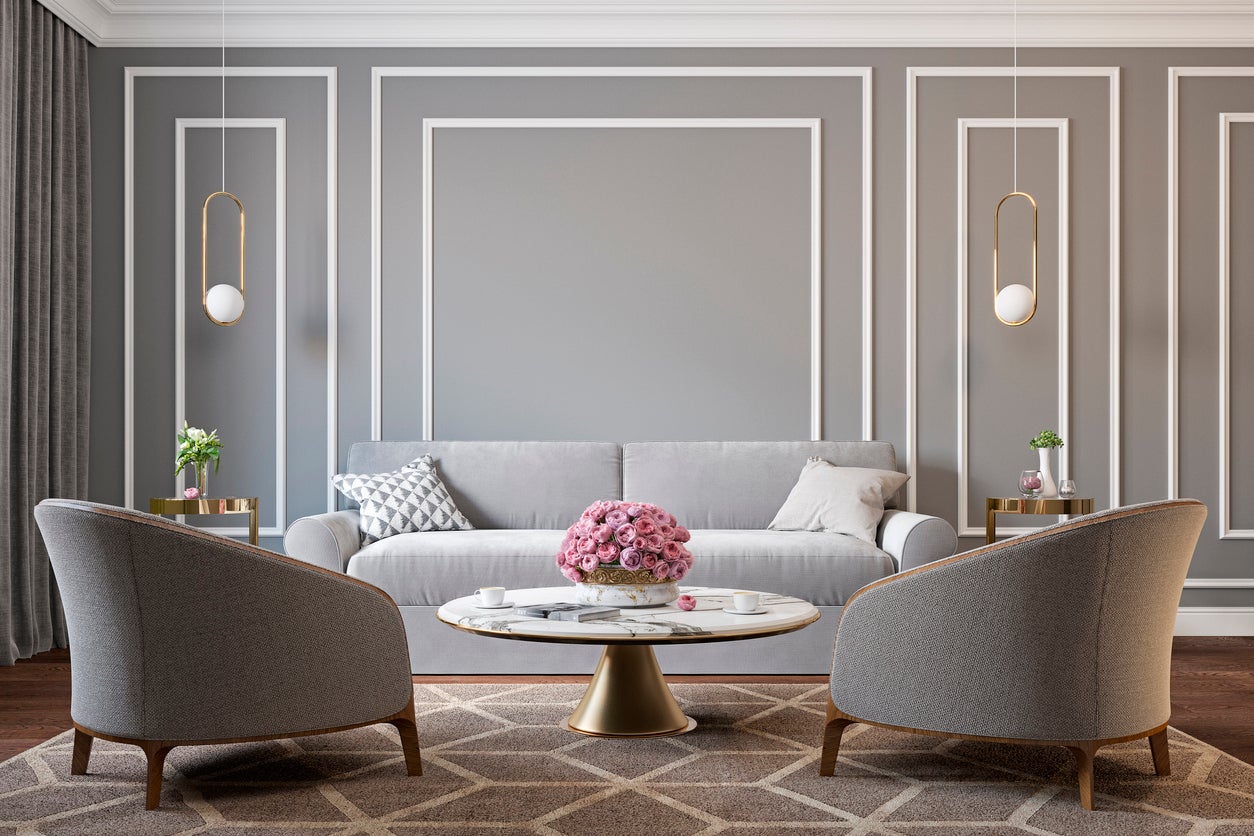

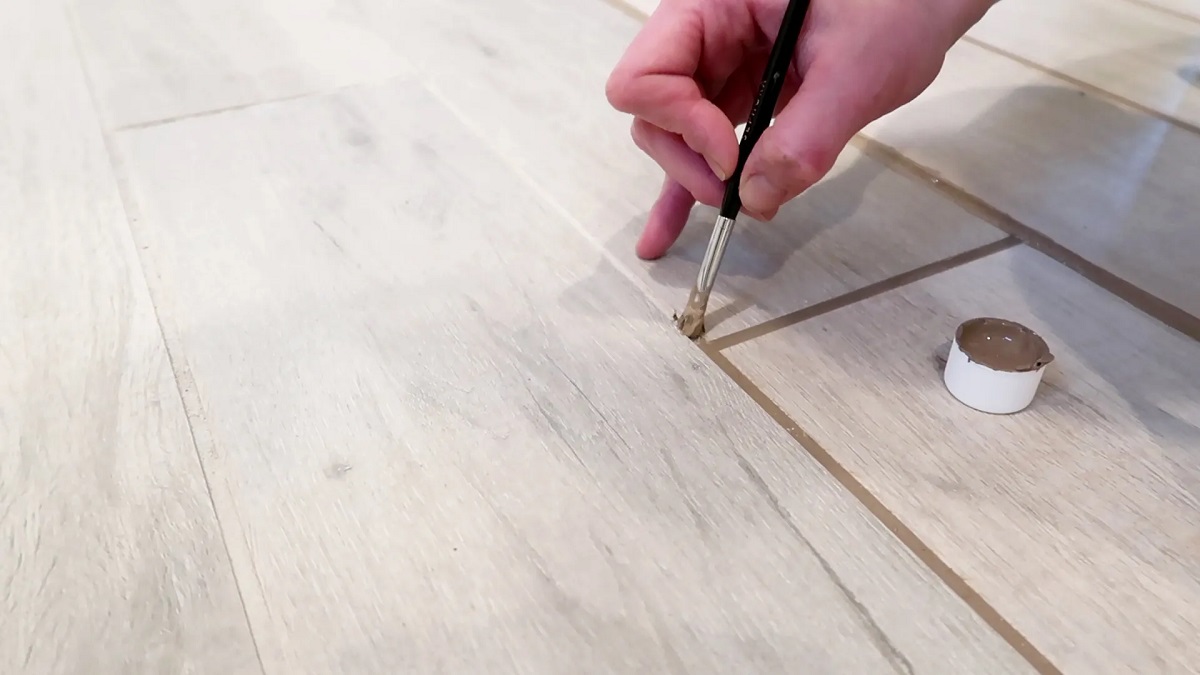
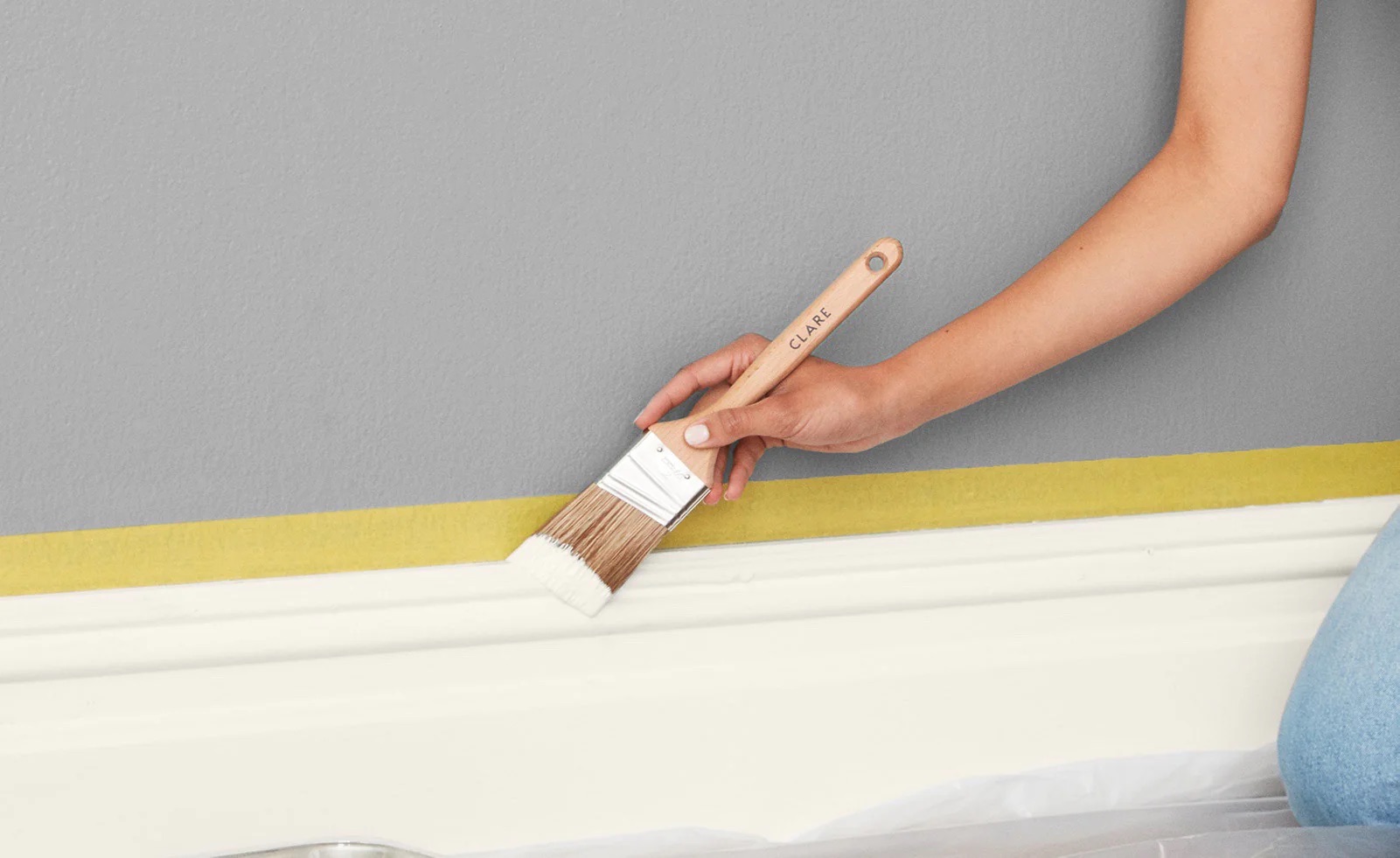



0 thoughts on “Should You Paint Trim Or Walls First? Paint Experts Advise”